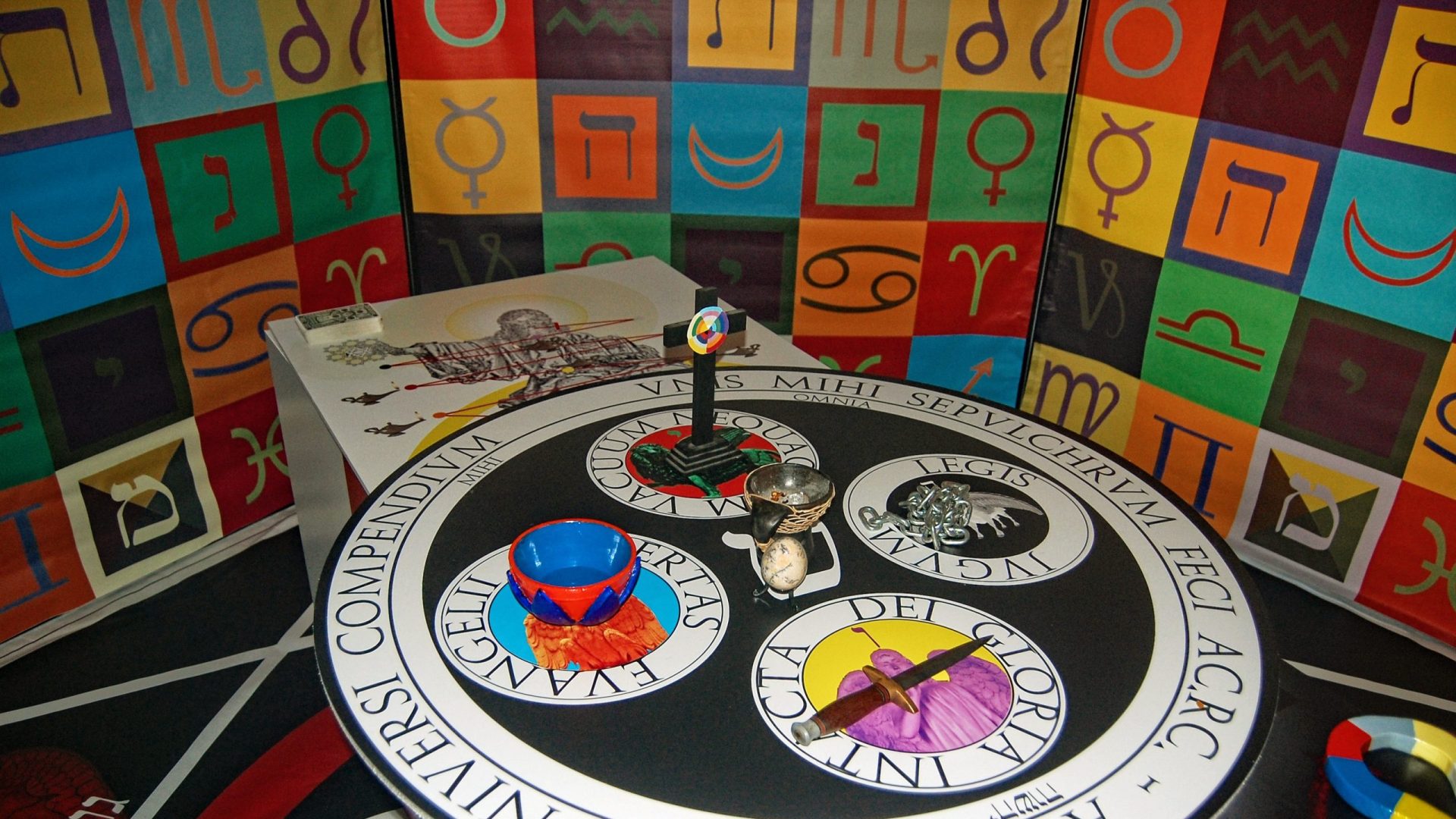I have been doing some research into the Roman Goddess Vesta and I found something that might be interesting for those who follow the Western Mystery Tradition.
Salt usually makes an appearance in magical ritual in connection to the North and it is often linked to the idea of purification of the material nature.
 |
Although this was a traditional
image of Vesta she was more often j
just seen as being fire. |
New agers like to write off Vesta as the goddess of the hearth and concentrate on her cooking skills. This makes her into a paragon of housewives. But she was a lot more than that. She was a fire goddess and as such was the sacred element that held Rome together. She was one of the first Roman Goddesses and when her sanctuary closed Rome fell to bits and was replaced by the more Christianised Byzantine Empire.
Vesta had salt in her rituals, but it was not the same sort of salt we put on the table. It was called Mola salsa. This salt was used in most different Roman religions. It was made by taking Farro wheat and toasting it. Mixing it with salt and then grinding it to a fine flour.
The making of the salt had to be done with reverence and once something was marked with the flour/salt it would be fit for sacrifice. Apparently the vestal virgins would make a big batch of it in June.
Making it was an interesting process in itself. The wheat takes a lot of heat before it turns brown. It is a process much like Vesta herself. You can see the fire entering into the Wheat (thanks to the modern grill pan). She purifies the wheat before it is added into the salt.
I made a small amount. Half a cup of wheat to two tablespoons of salt. The Salt had been pre-consecrated in another ritual and the whole lot was made in a coffee grinder. The result is a brown salty flour with a smell which is a bit like baking.
As far as we are concerned, the use of this sort of salt merges the bread and salt of the 0=0. If we were to use it instead (eating it) we would be fusing fire and earth and setting our old selves aside for sacrifice (which is an important part of the 0=0 communion). Now I am not suggesting replacing the traditional bread balls and salt within the Golden Dawn rite, but all this might give you a clue where the tradition came from.


Awesome post Nick!
Very eye opening. Well researched and written. Thank you!
Great post Nick. Really interesting stuff. Thanks.
You have bread BALLS? Interesting, ours are more flat, discs, like communion blobs in some Orthodox Churches 🙂
Of course, my first exposure to Vesta was as a kid, when she was Goddess of instant Chicken Supreme and Curry Beef meals 🙂
Ummm, Nick? The Repast at the end of the 0=0 is a nearly exact copy of the Jewish Havdalah, which is used to mark the end of Sabbath. The only difference is that in the Havdalah ceremony, the bread is saved until last, because it’s usually a loaf that is shared with the entire family. What it marks is the end of a sacred period of time (Sabbath), which makes it a good fit for the end of the Neophyte ceremony.
True enough, yet you must surely recognise that the use of consecrated salt in this ceremonial and symbolic manner goes beyond any one tradition. It appears in many traditions, Jewish, Christian and Pagan. A good analysis of the wide-spread and sacred use of salt is in Jung’s Mysterium Coninunctionis, in part III (“Personification of the Opposites”), in the last sub-section, entitled: “Interpretation and Meaning of Salt”. LVX